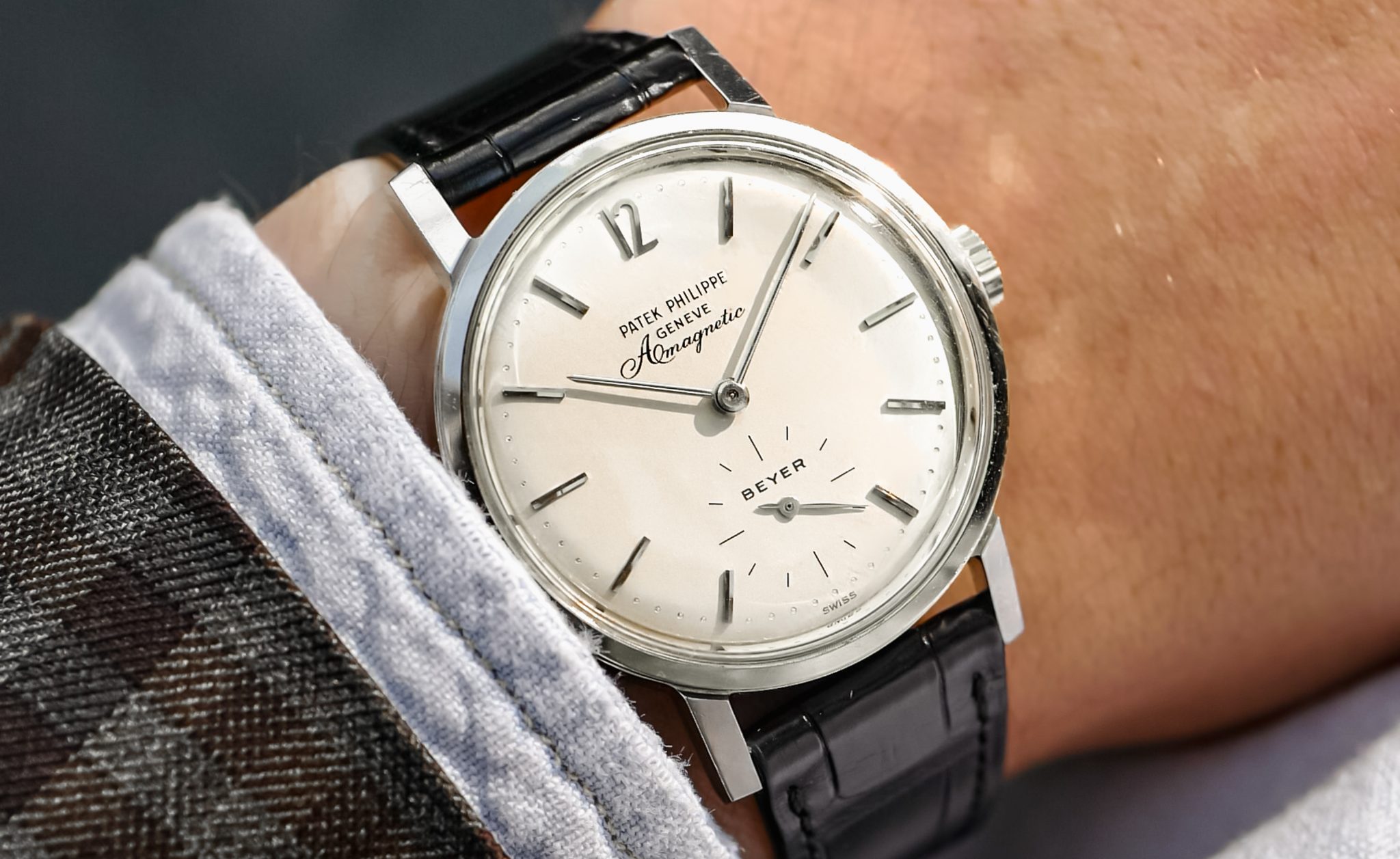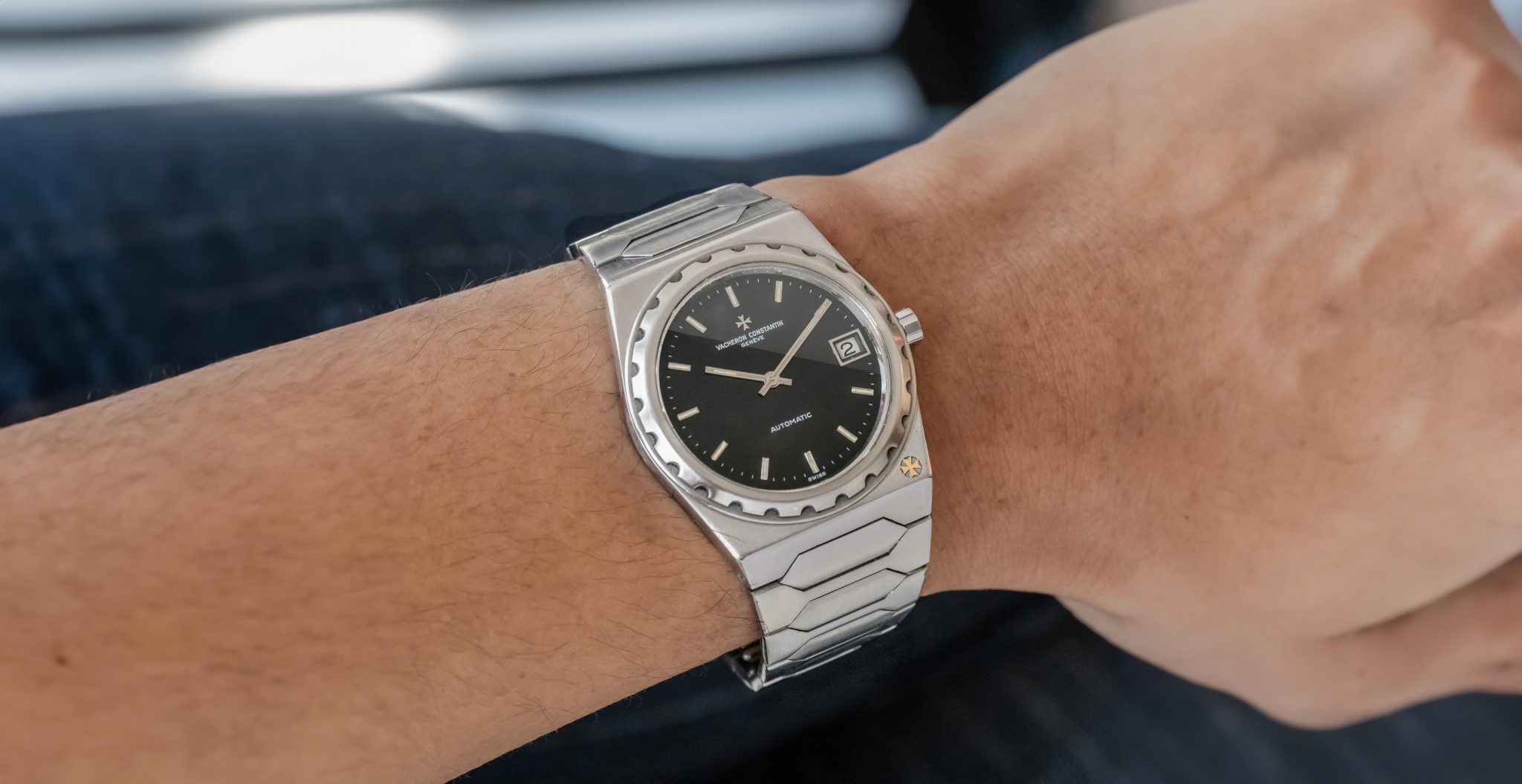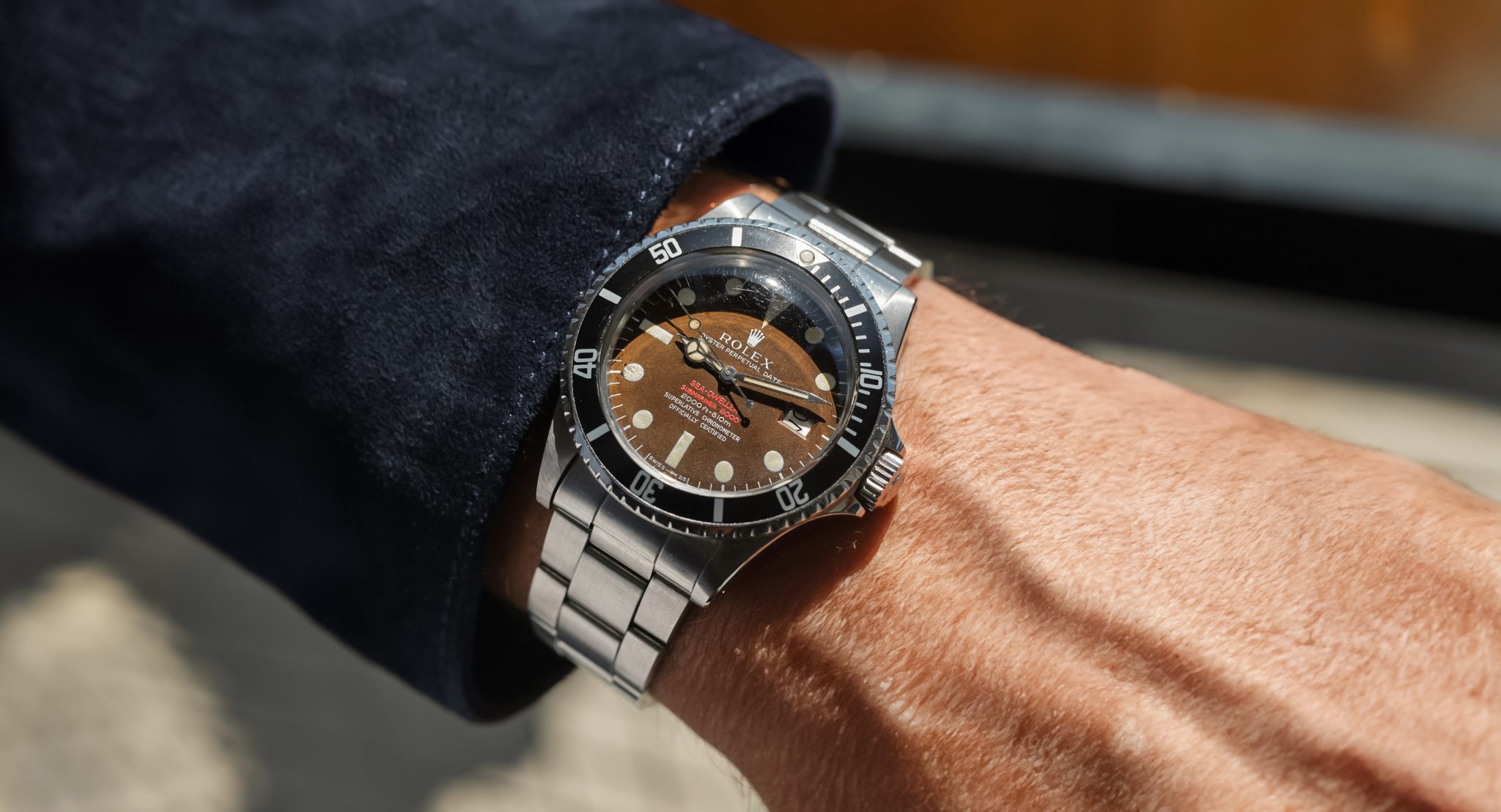
Beyer Dial 3417 Patek Philippe Amagnetic
The late ’50s were a time when the world had absolute faith that science would solve its problems and deliver a future worth being excited about. But if you were an actual scientist, working hard to lead the space race or keep the cold war on ice, you were in all kinds of generated high-strength magnetic fields constantly. The demand for an antimagnetic watch was there and the Swiss delivered a few years after. If you were the sporting type or later worked at CERN, you probably went with the 6541 or 1019 Milgauss. If instead you had appreciation for no-nonsense sporting looks without the bezel, you probably bought a Geophysic. If you drove trains or had a childish sense of humor, you’d have picked the Railmaster. But if you were a Swiss scientist who prioritized elegant design to the exception of all else, the 3417 was made for you. And this one’s Beyer signed.


The 3417 was released in 1958, two years after the Milgauss. In a distinct approach from the dive-like aesthetic Rolex pursued, Patek Philippe designed an elegant Calatrava belying the soul of a steel tool watch. It’s like seeing Tom Ford immaculately dressed in a tailored suit and running an ultra marathon; the ‘Amag’ is fit for purpose despite its exterior. Beauty and substance exist here in abundance.
It was made only in 35mm steel with cases made by Jean Vallon, a La-Chaux-de-Fonds case maker whose bread and butter were anti-magnetic and water-resistant constructions. Magnetically susceptible parts like the anchor and escape wheel were made from gold and the hairspring was Nivarox, all surrounded by an iron Faraday cage. Dials by Stern as per usual. Patek chose the parlance Amagnetic instead of anti-magnetic for reasons we can only speculate, which is what it’s known by colloquially today.


But there’s more to dissect yet. First, 3417 crowns were made of white gold. Why? No idea, maybe something to do with magnetism but that’s a stretch. It is widely estimated that ~500-750 examples were produced in total. Interestingly, Patek also made Amagnetic on bracelet with a different reference, the 3418, in fewer than 100 examples. Those are still surprisingly under the radar for how cool they are. Of all dial types, this Beyer signature has to be the apex, with extracts both from Patek and Beyer’s archives. The base price of a 3417 in 1959 was 820 Swiss Franc. They’re a little more than that now. The only precedence for this example is a Gübelin signed 3417 that hammered at 158K USD in ’20 at Phillips Geneva. So well above most scientist’s tax bracket today. Nonetheless, incredible bit of history.
This example has strong, sharp lugs, a gorgeous dial with a perfect hard enamel signautre, and gleaming recently serviced movement. It’s as top of the food chain as Amags come. The dual extracts are also very helpful for watch like this in proving provenance of the dial, as far as that goes. It comes from a well-regarded Parisian retailer.








